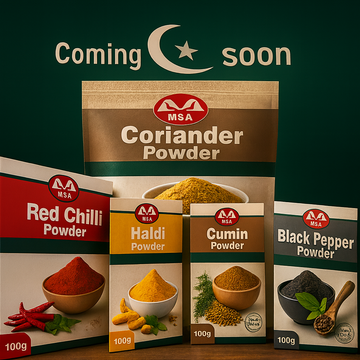The Benefits and Uses of Pink Salt: A Guide to Dark Pink and Light Pink Variants

Pink salt has become a popular alternative to regular table salt, celebrated not just for its unique flavor but also for its purported health benefits. Sourced primarily from the Himalayan region, this mineral-rich salt comes in various hues, predominantly dark pink and light pink. Understanding the differences between these varieties and their uses can help you incorporate them into your diet and lifestyle effectively.
What is Pink Salt?
Pink salt, particularly Himalayan pink salt, is harvested from ancient sea salt deposits found in the mountains of the Himalayas. Its distinct pink color is attributed to the presence of trace minerals, including potassium, magnesium, and iron. Unlike regular table salt, which is often stripped of minerals and treated with additives, pink salt retains its natural qualities, making it a preferred choice among health-conscious consumers.
Dark Pink vs. Light Pink Salt
Both dark pink and light pink salts are derived from the same Himalayan source but differ in mineral content and flavor profile.
Dark Pink Salt:
This variant is richer in minerals, giving it a more robust flavor. The darker color indicates a higher concentration of iron and other trace minerals, which may contribute to additional health benefits. Dark pink salt is often used in dishes where a stronger salty flavor is desired and can be particularly wonderful in grilling or as finishing salt over roasted meats and vegetables.

Light Pink Salt:
This version is milder in taste and contains fewer trace minerals compared to its darker counterpart. Light pink salt’s gentle flavor makes it versatile for everyday cooking. It can be used in seasoning salads, soups, and other culinary creations where you want a subtle touch of saltiness without overpowering the dish.
Health Benefits of Pink Salt
Many proponents of pink salt highlight its potential health benefits:
1. Rich in Minerals: Pink salt contains over 80 trace minerals that can benefit the body's overall well-being. These minerals can help maintain proper hydration, balance blood sugar levels, and support brain function.
2. Electrolyte Balance: The natural minerals present in pink salt can help replenish electrolytes, making it beneficial for athletes or those who engage in regular physical activity.
3. Potential Detoxification: Some enthusiasts claim that pink salt can aid in detoxifying the body, particularly when used in warm baths to promote overall relaxation and skin health.
4. Reduced Sodium Intake: Due to its stronger flavor, many people find that they can use less pink salt compared to regular salt, potentially lowering their overall sodium intake.

Culinary Uses
Incorporating pink salt into your diet is easy. The salt can be utilized in various ways:
-
Cooking: Use light pink salt to season dishes during cooking, while dark pink salt is perfect for finishing touches.
Baking: Experiment with pink salt in baking to add a unique flavor profile to breads and pastries.
Salt Blocks: Consider using pink salt blocks for cooking or serving. These blocks can be heated and used for grilling or chilling foods, imparting a delicate saltiness to meats and vegetables.

Light Pink vs. Dark Pink Himalayan Salt: What’s the Difference?
| Feature | Light Pink Salt | Dark Pink Salt |
|---|---|---|
| Color | Soft, pale pink | Deep, vibrant pink |
| Iron Content | Lower | Higher |
| Flavor | Mild and subtle | Richer, more robust |
| Best For | Everyday cooking, seasoning | Grilling, detox baths, mineral-rich diets |
| Texture | Fine or coarse grains | Larger, coarser crystals |
Conclusion
Both dark pink and light pink salt offer unique flavors and health benefits that can enhance your culinary experience. With their mineral-rich profiles, these salts are not just flavorful alternatives to regular salt but also a potential addition to a health-conscious lifestyle. When searching for pink salt, consider its various forms and uses, and enjoy the added flavor and benefits they bring to your cooking.








